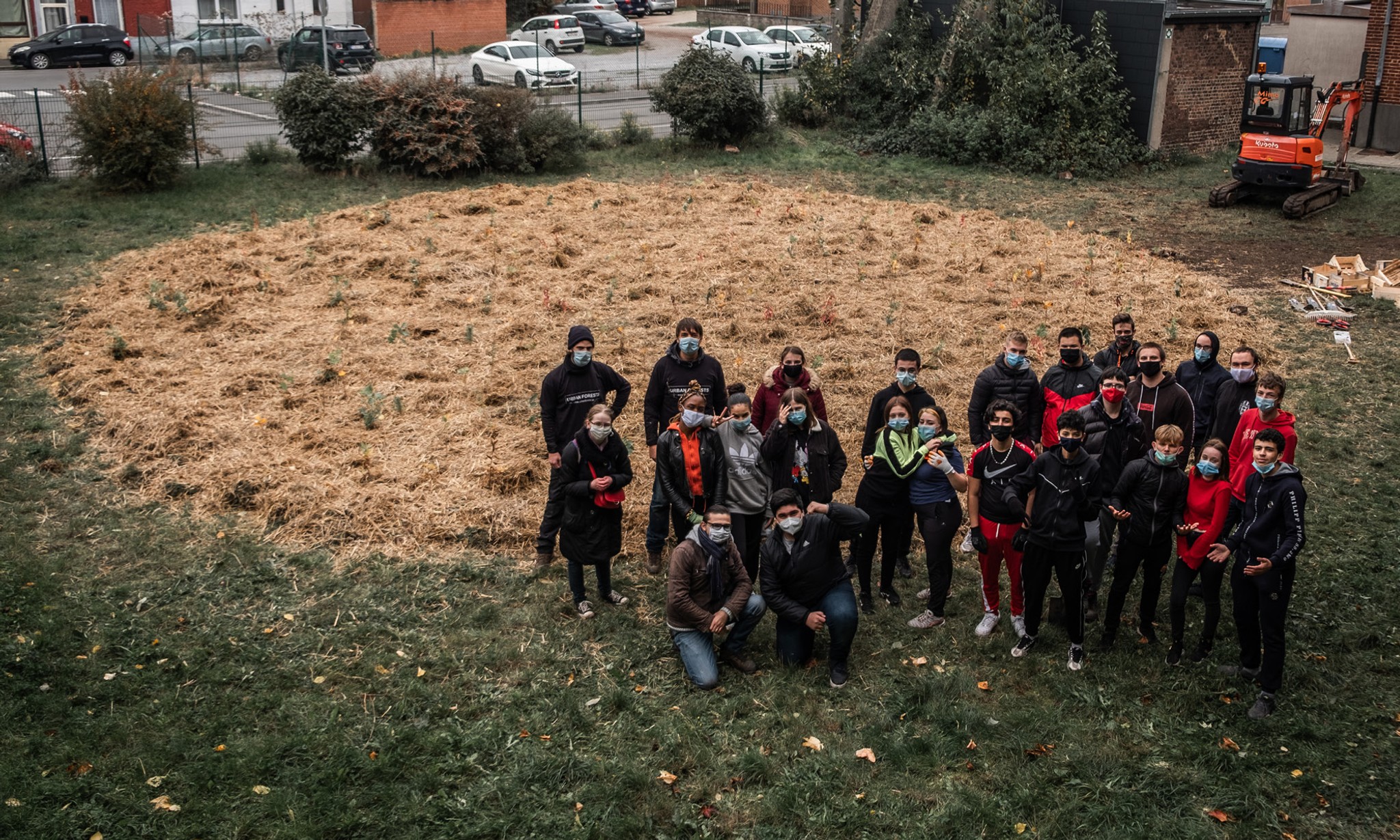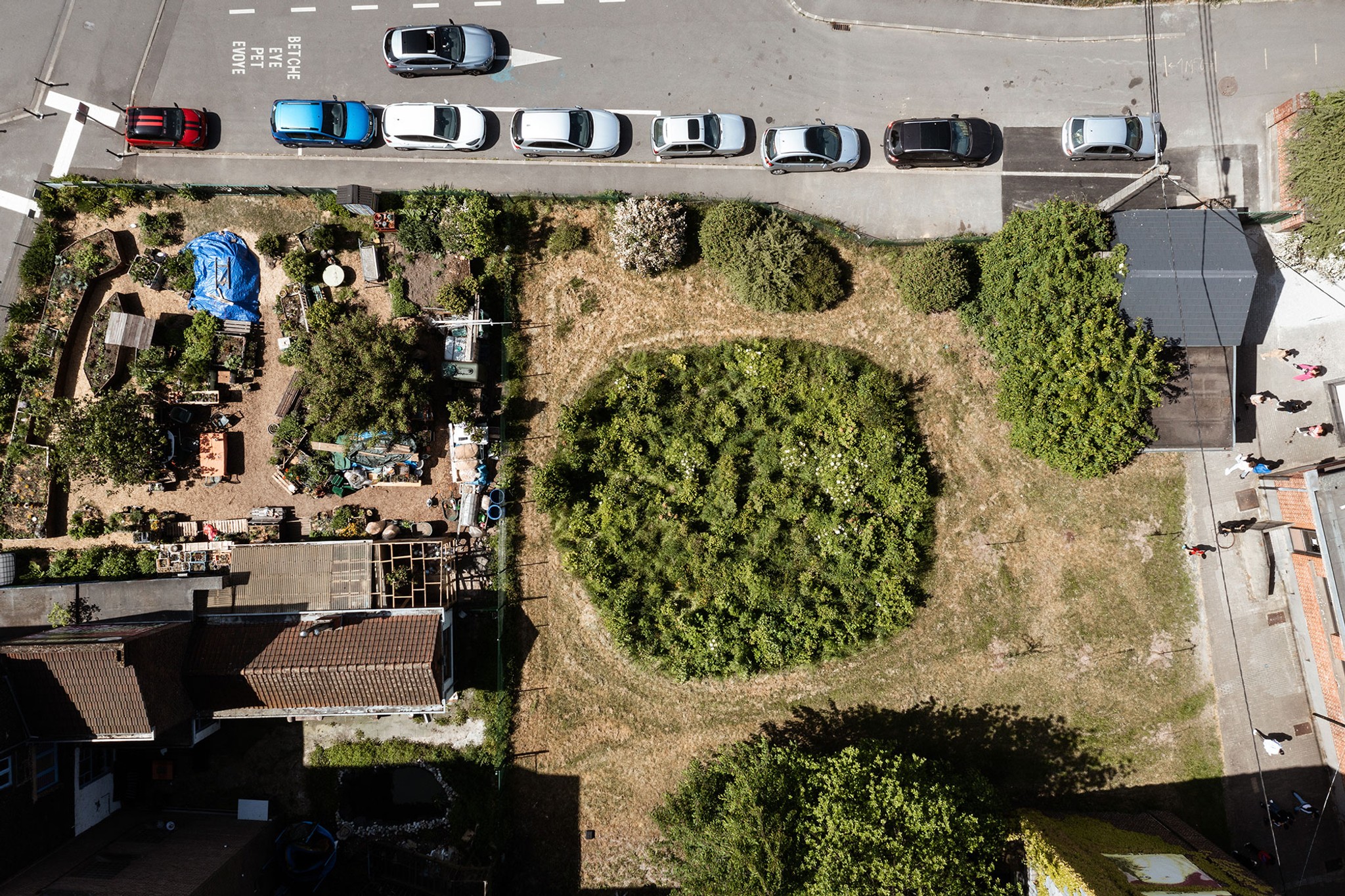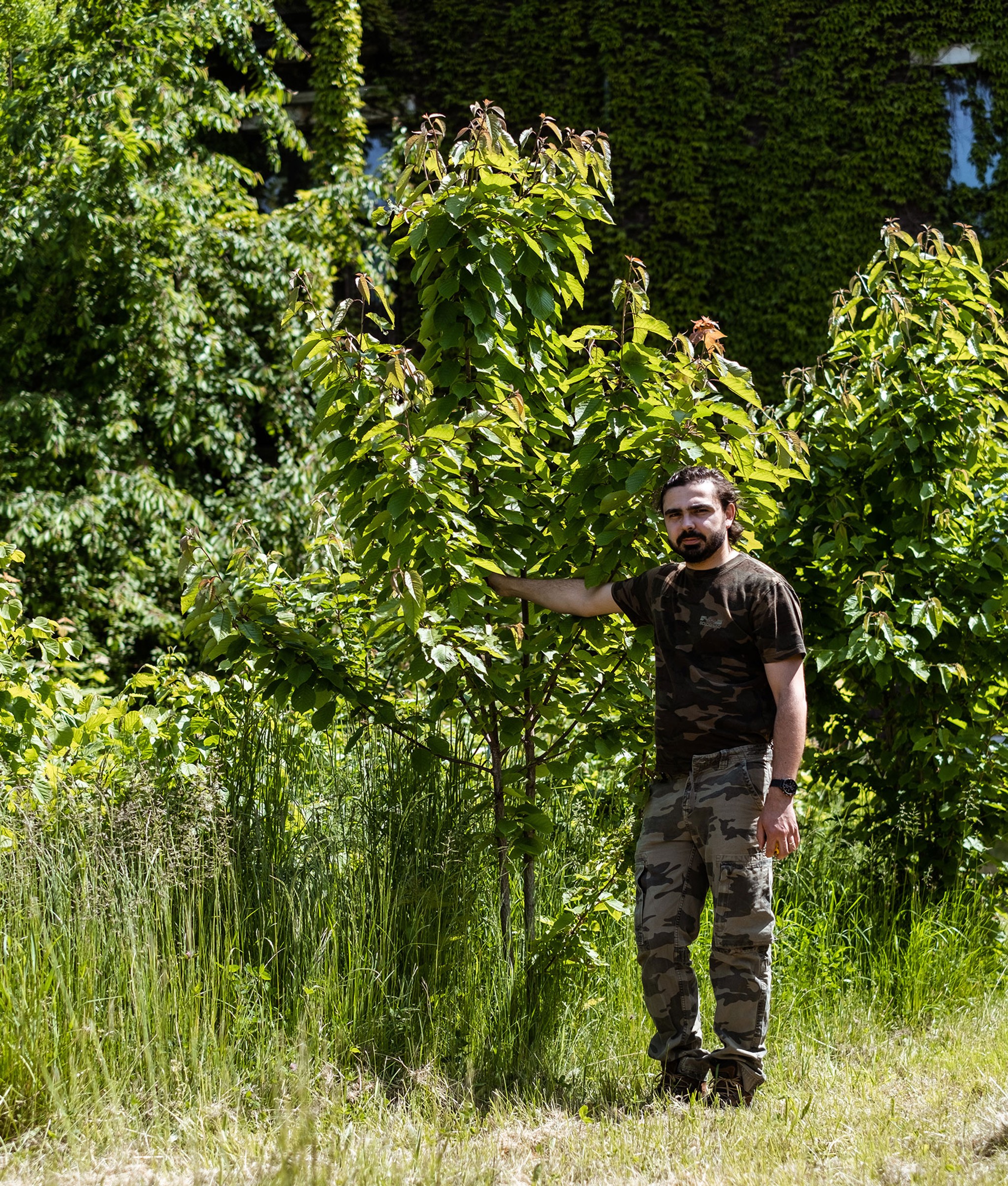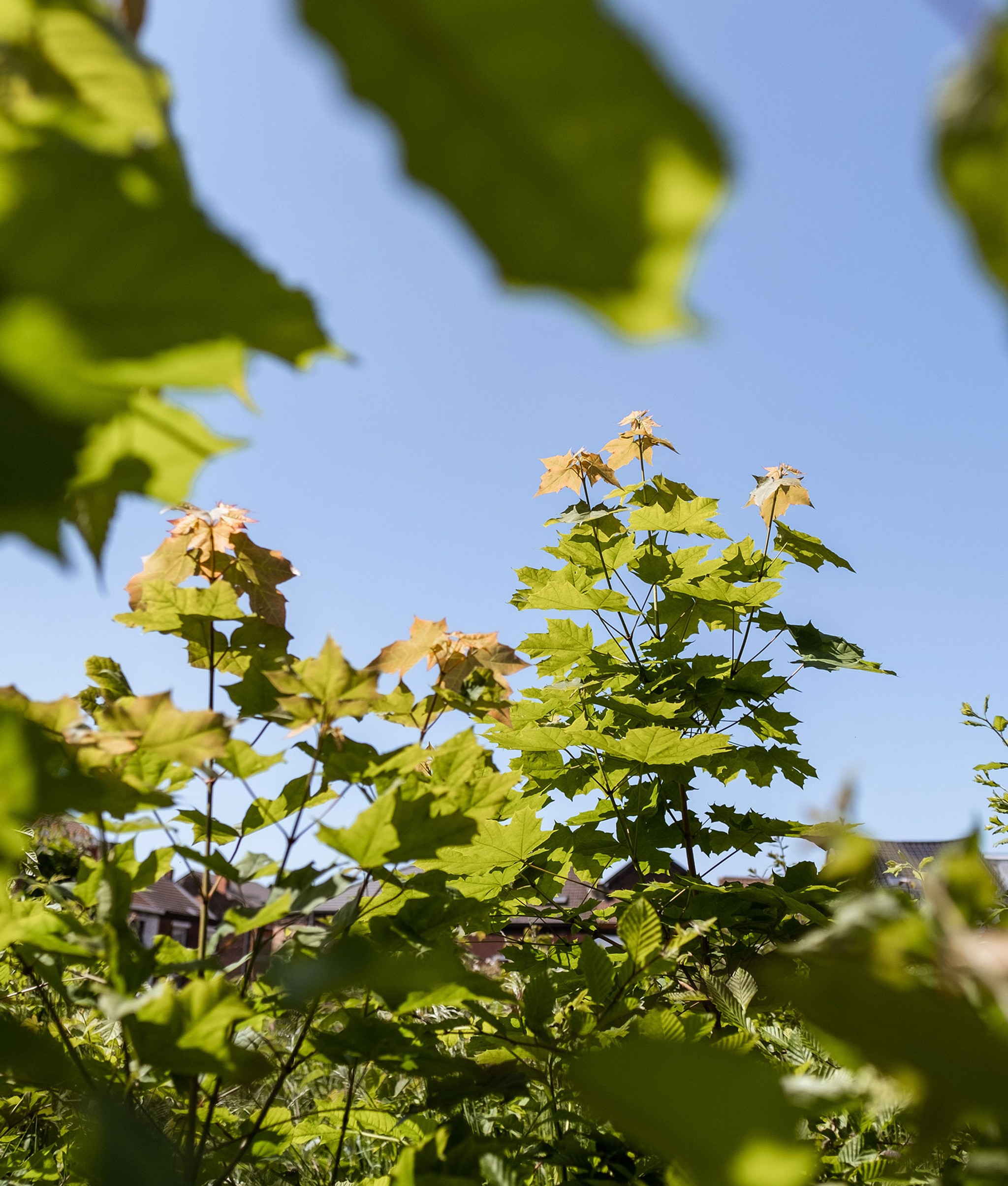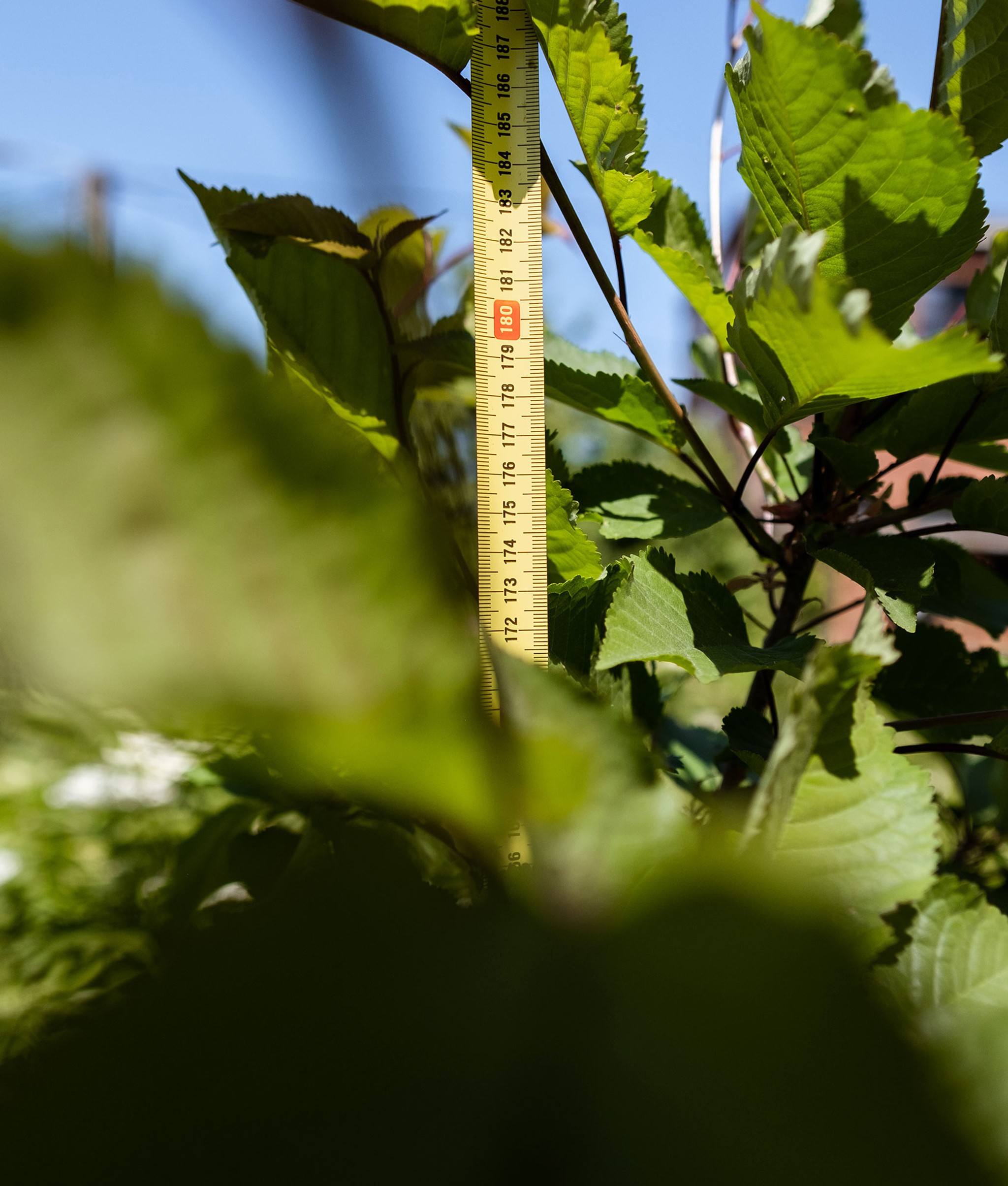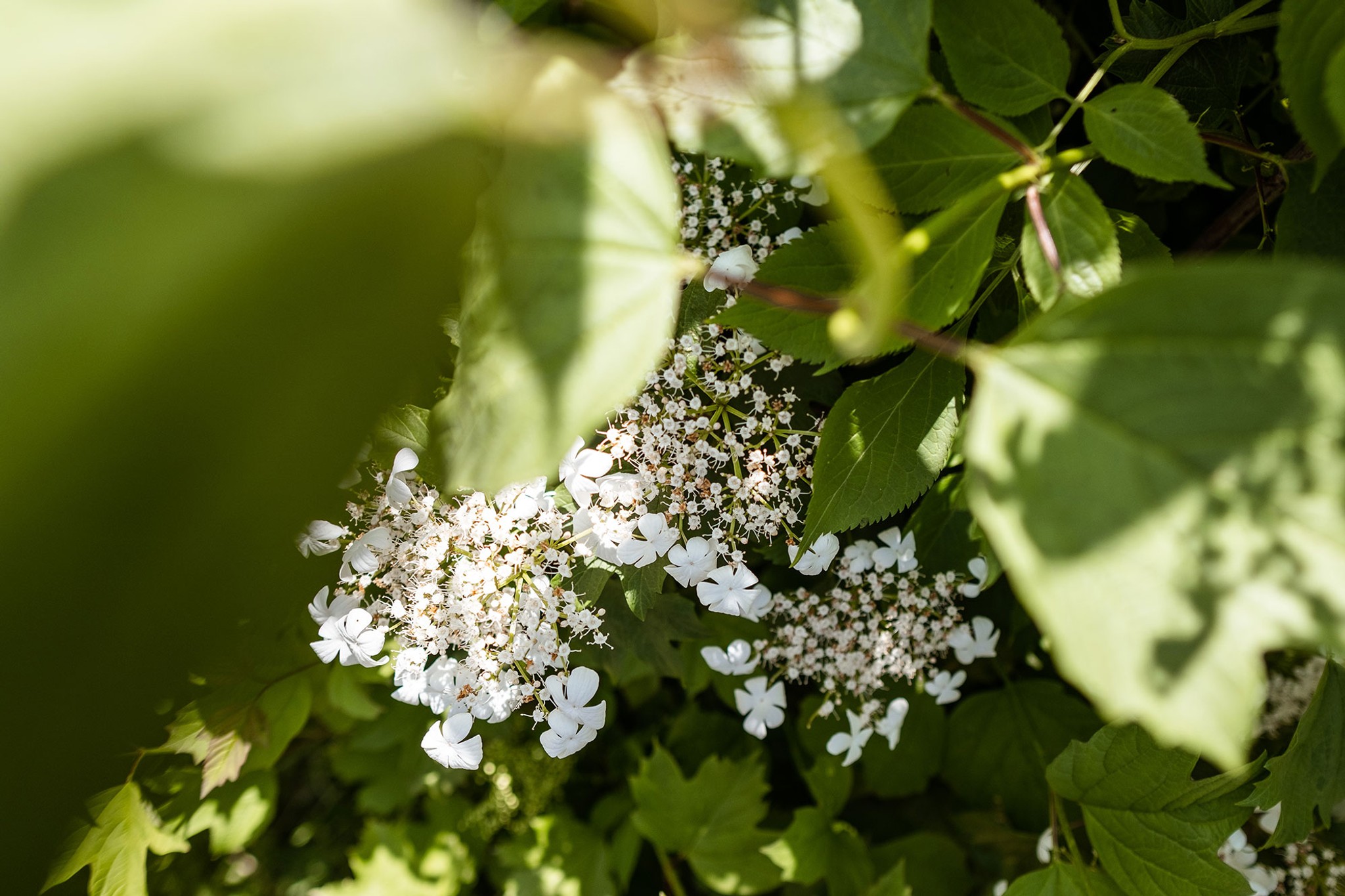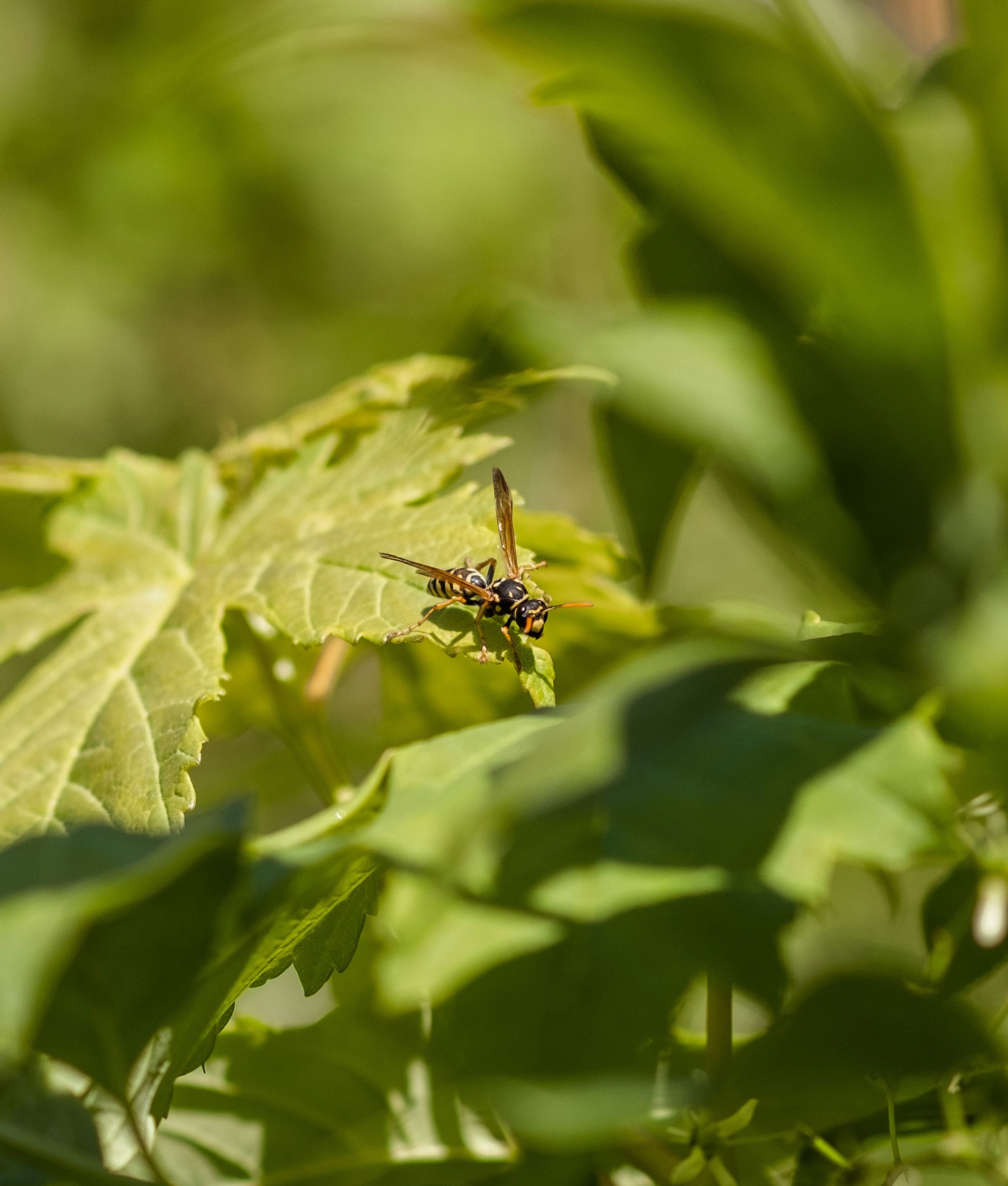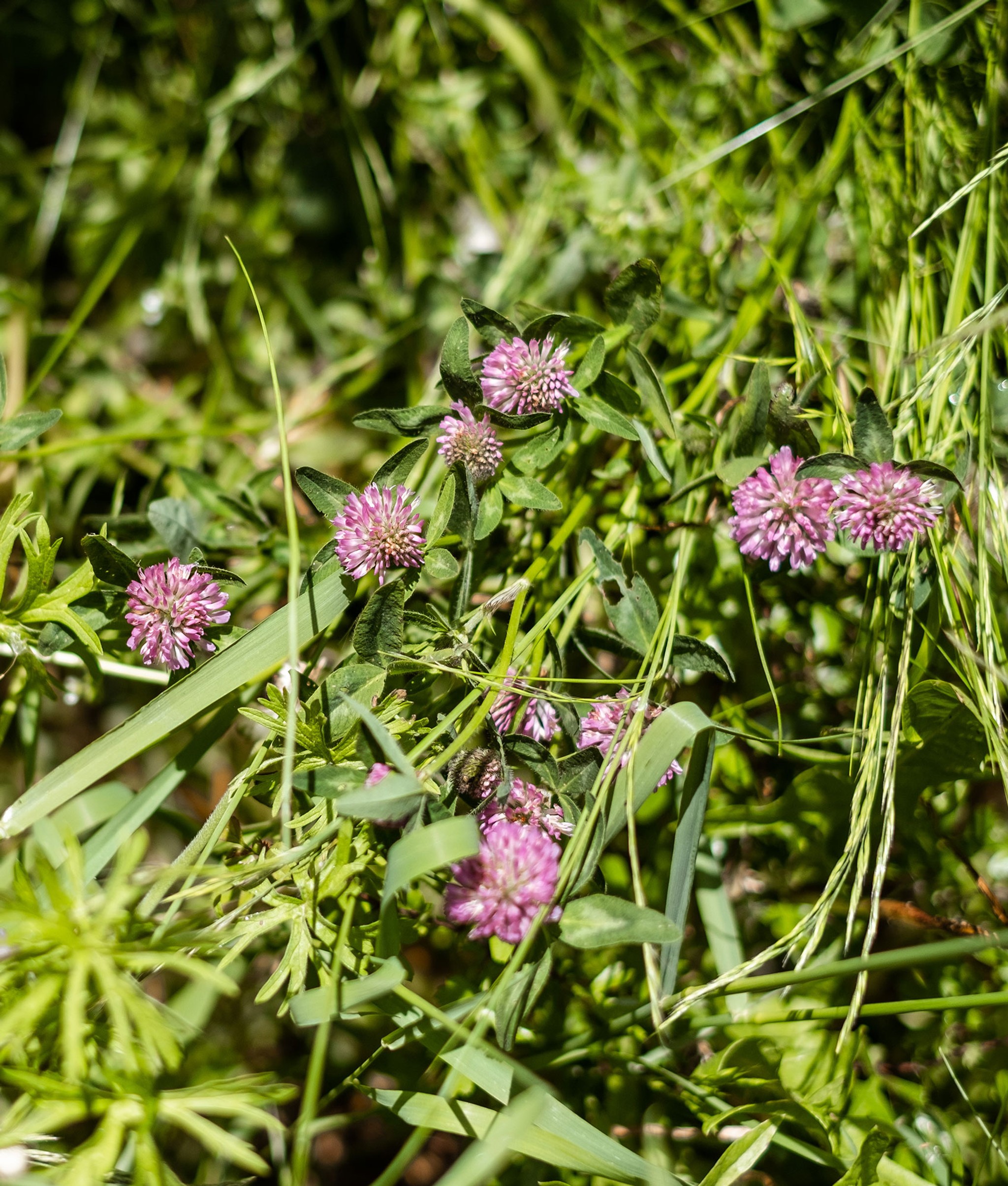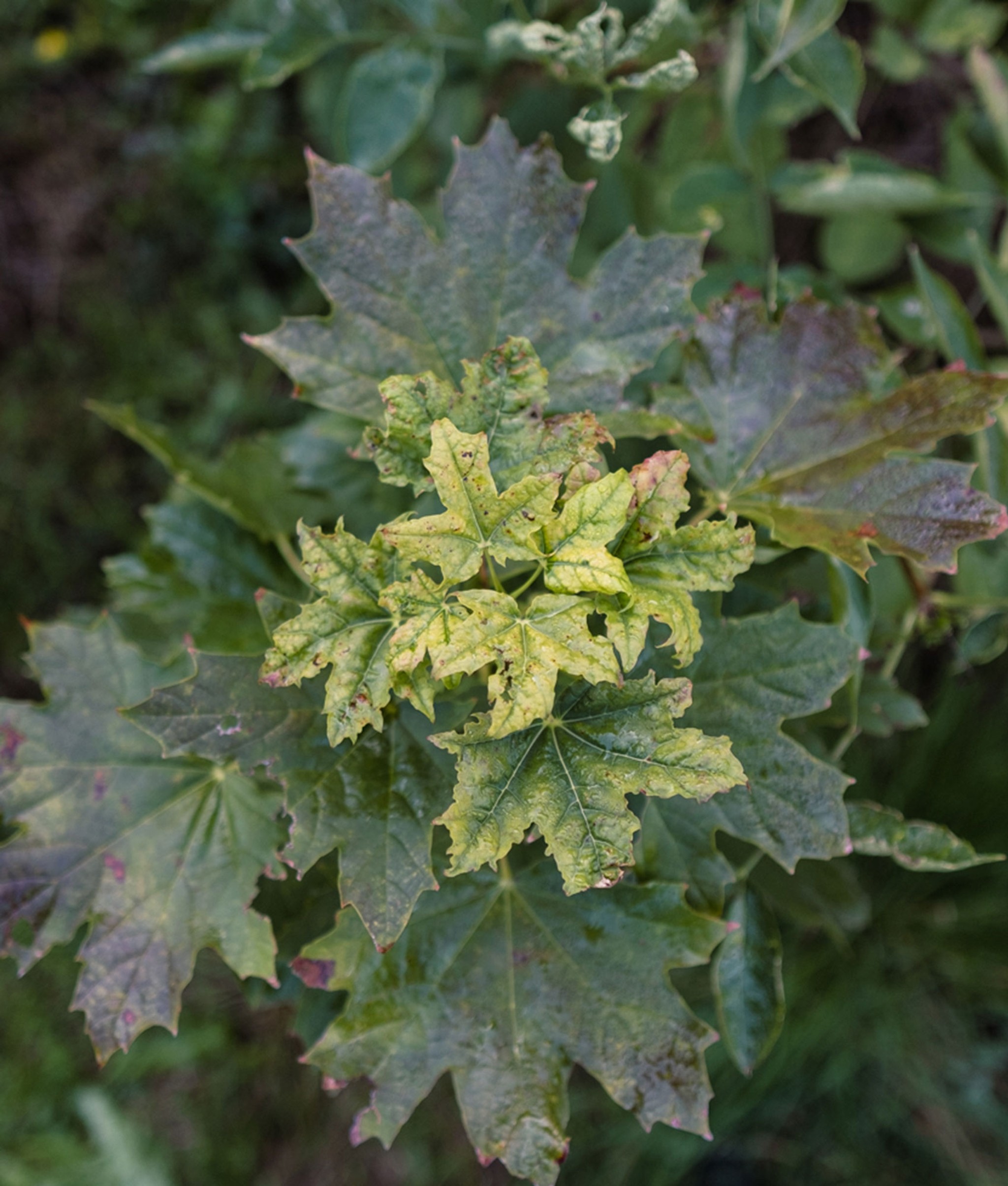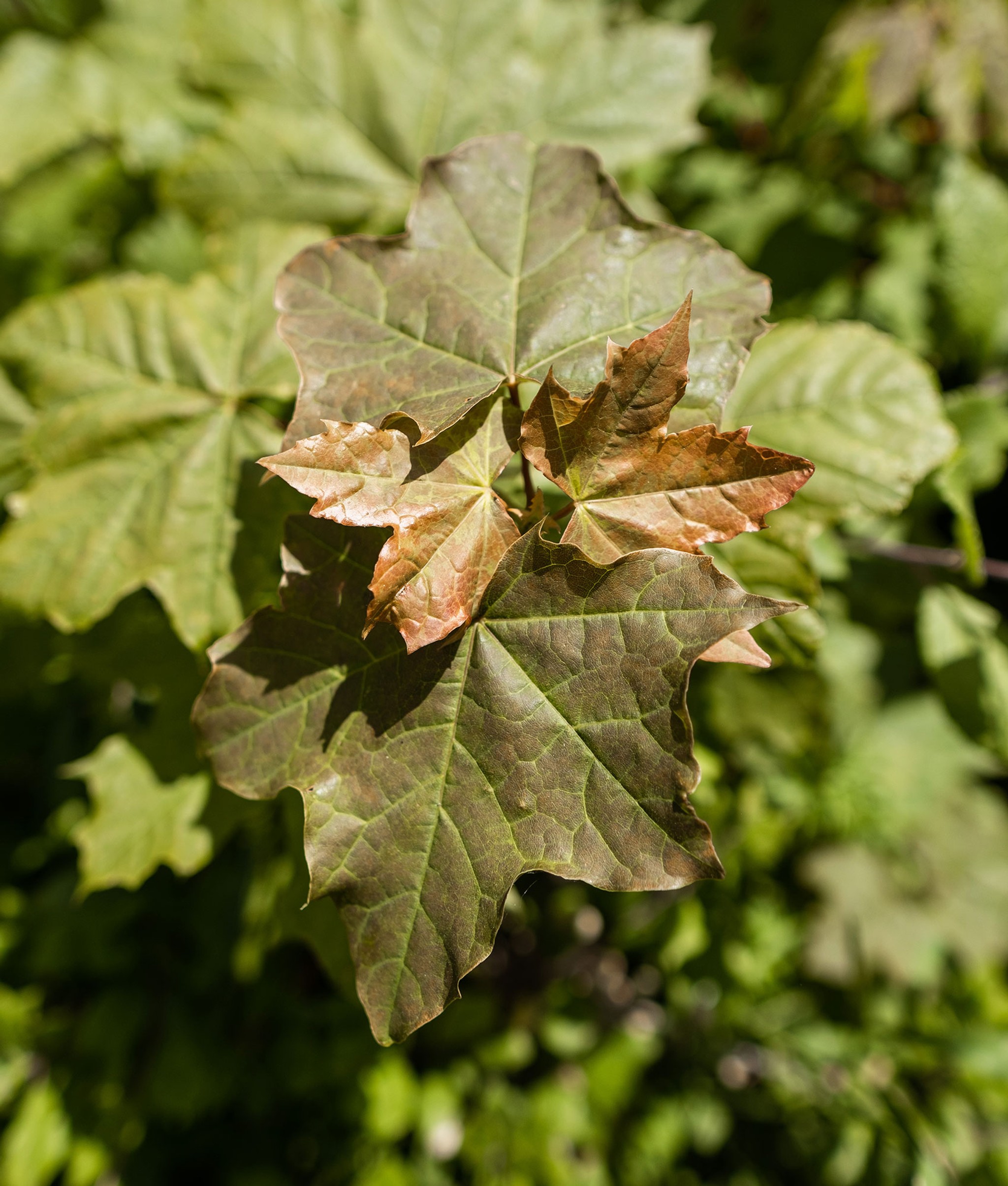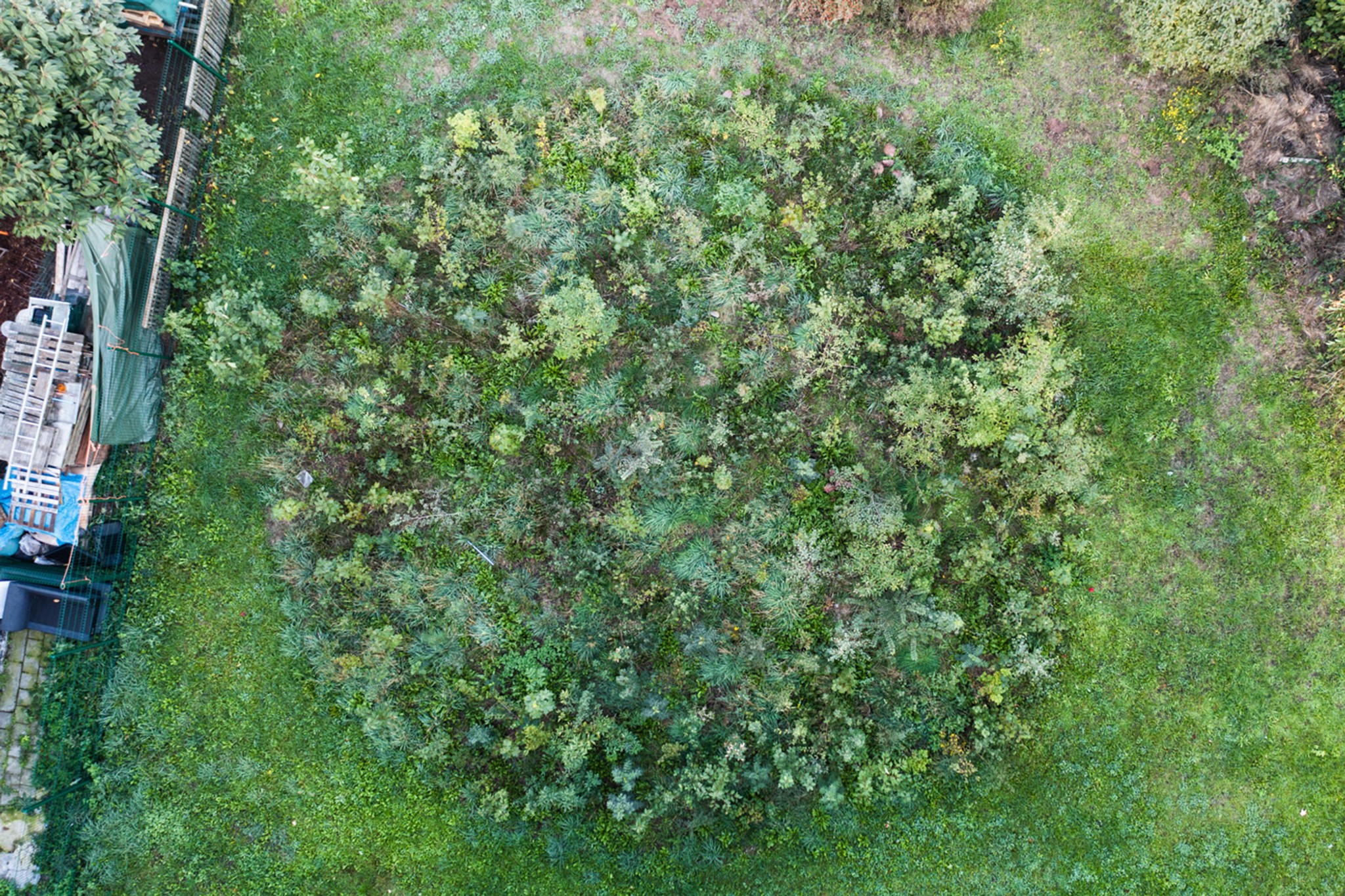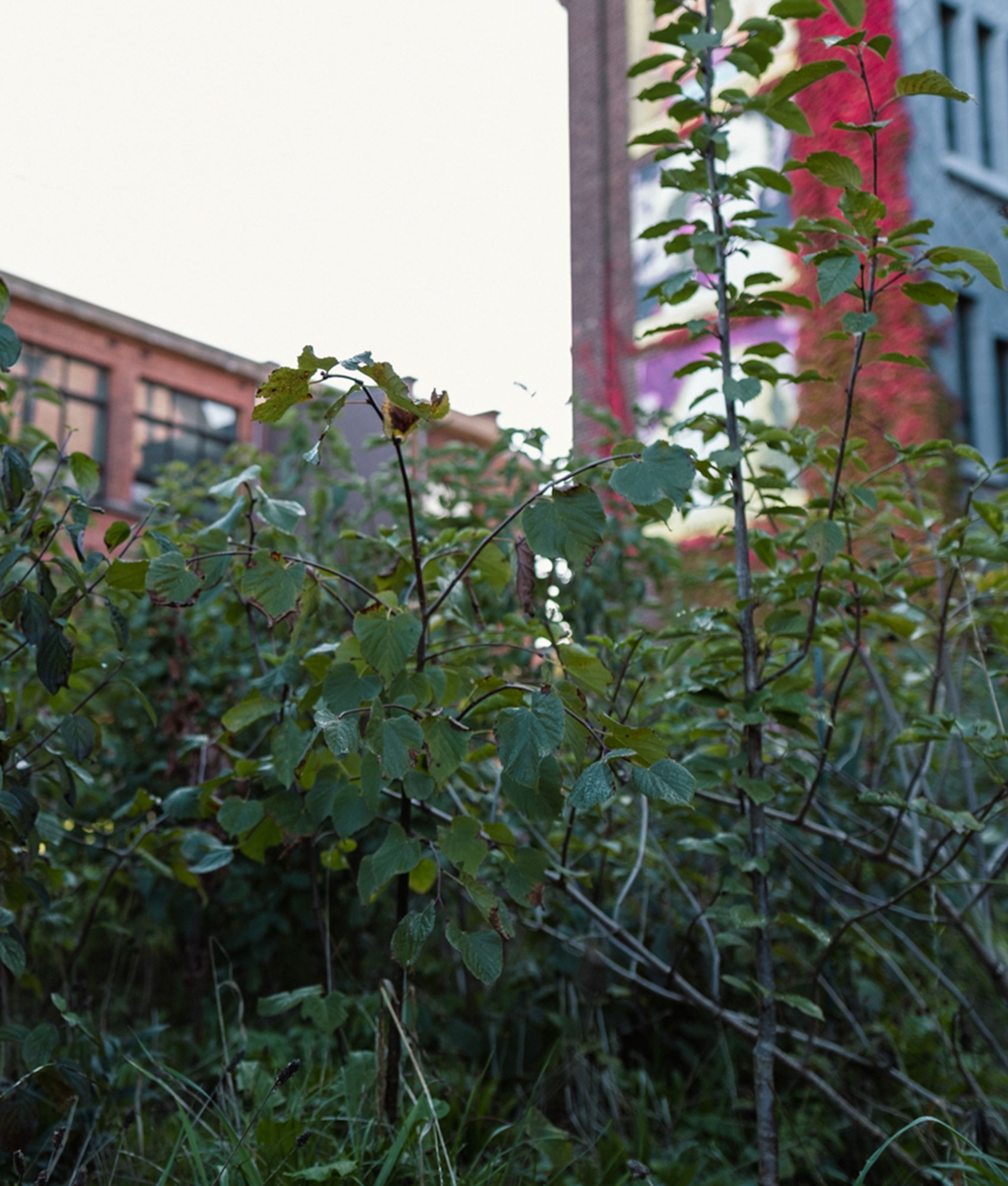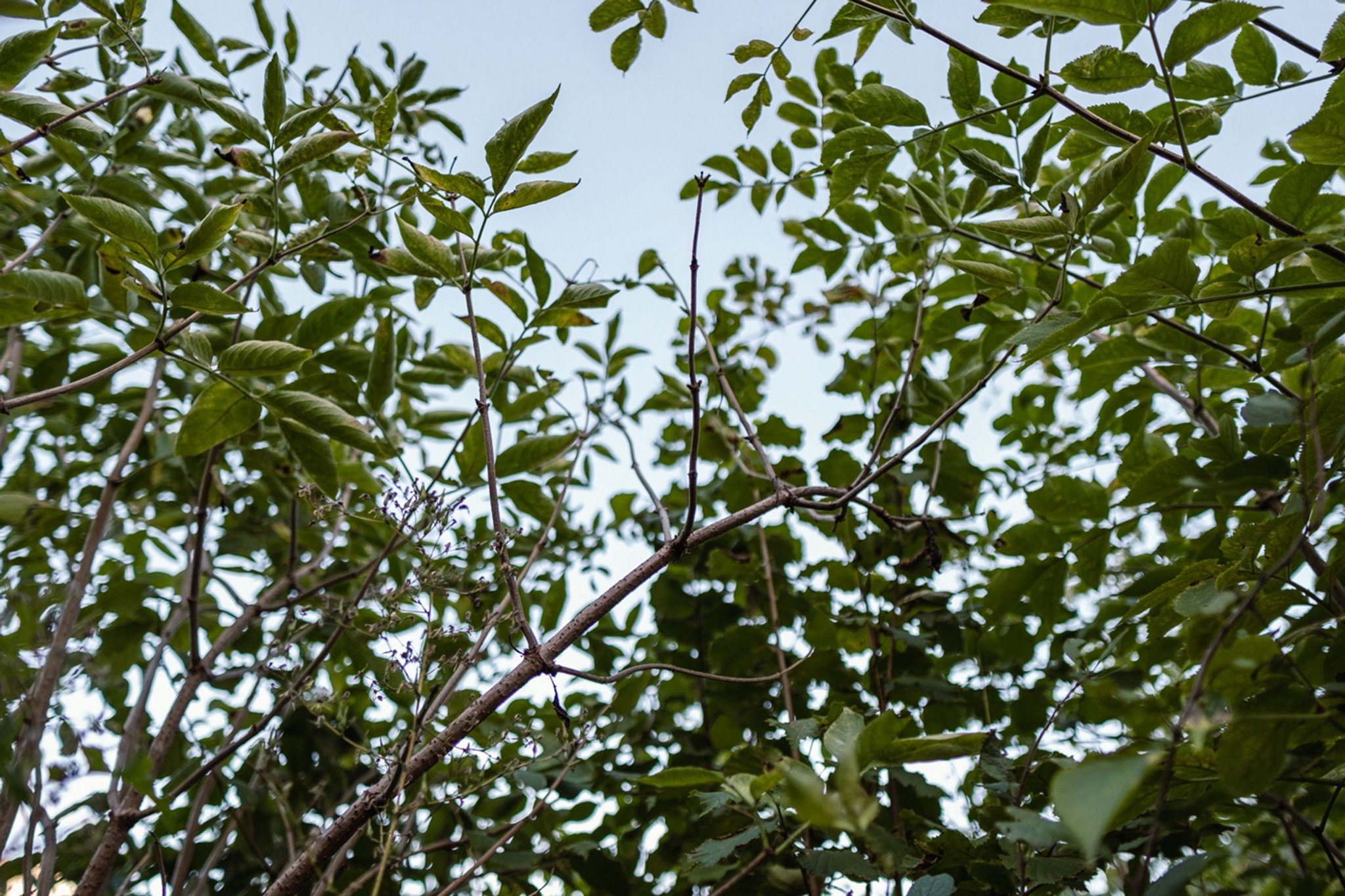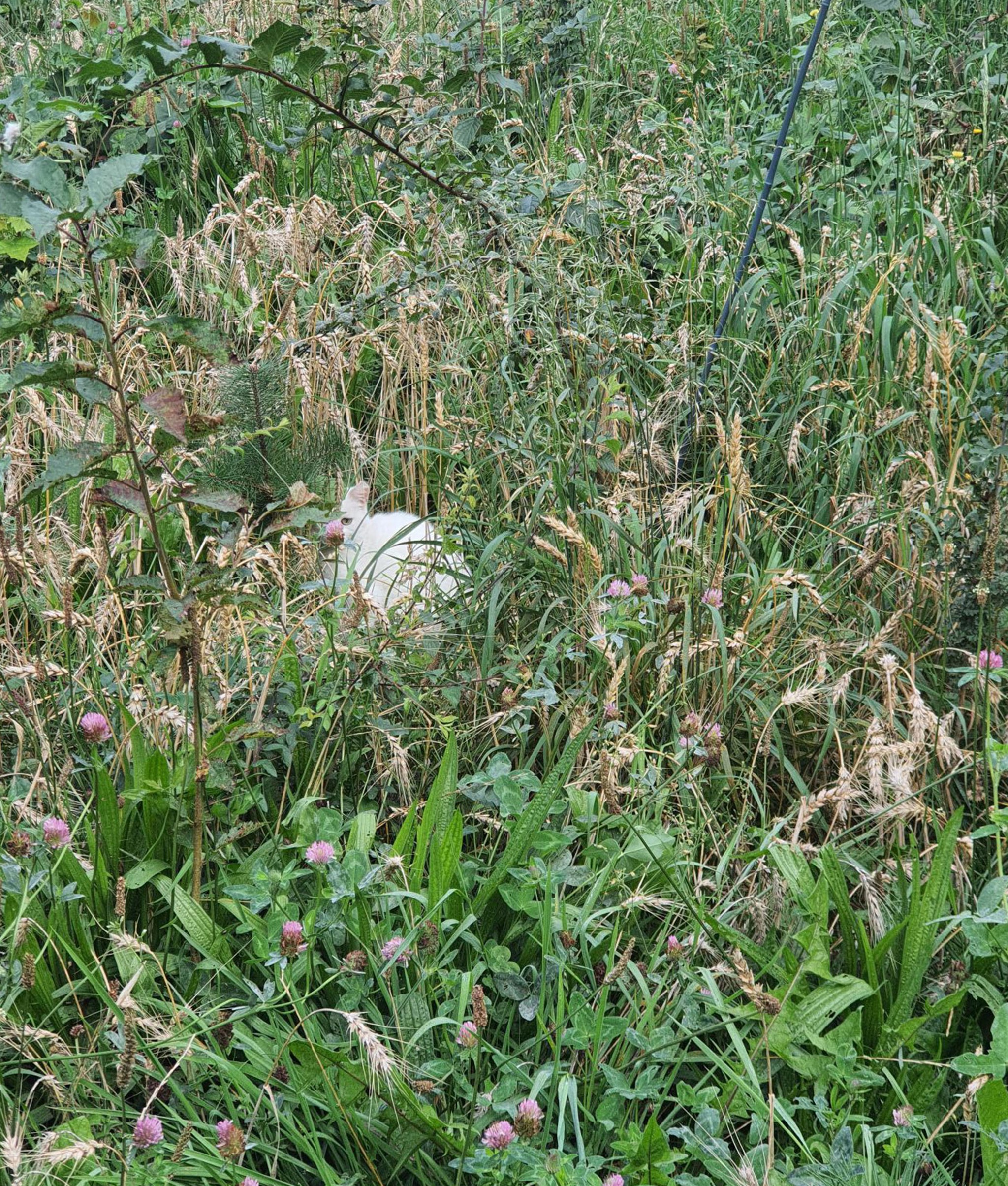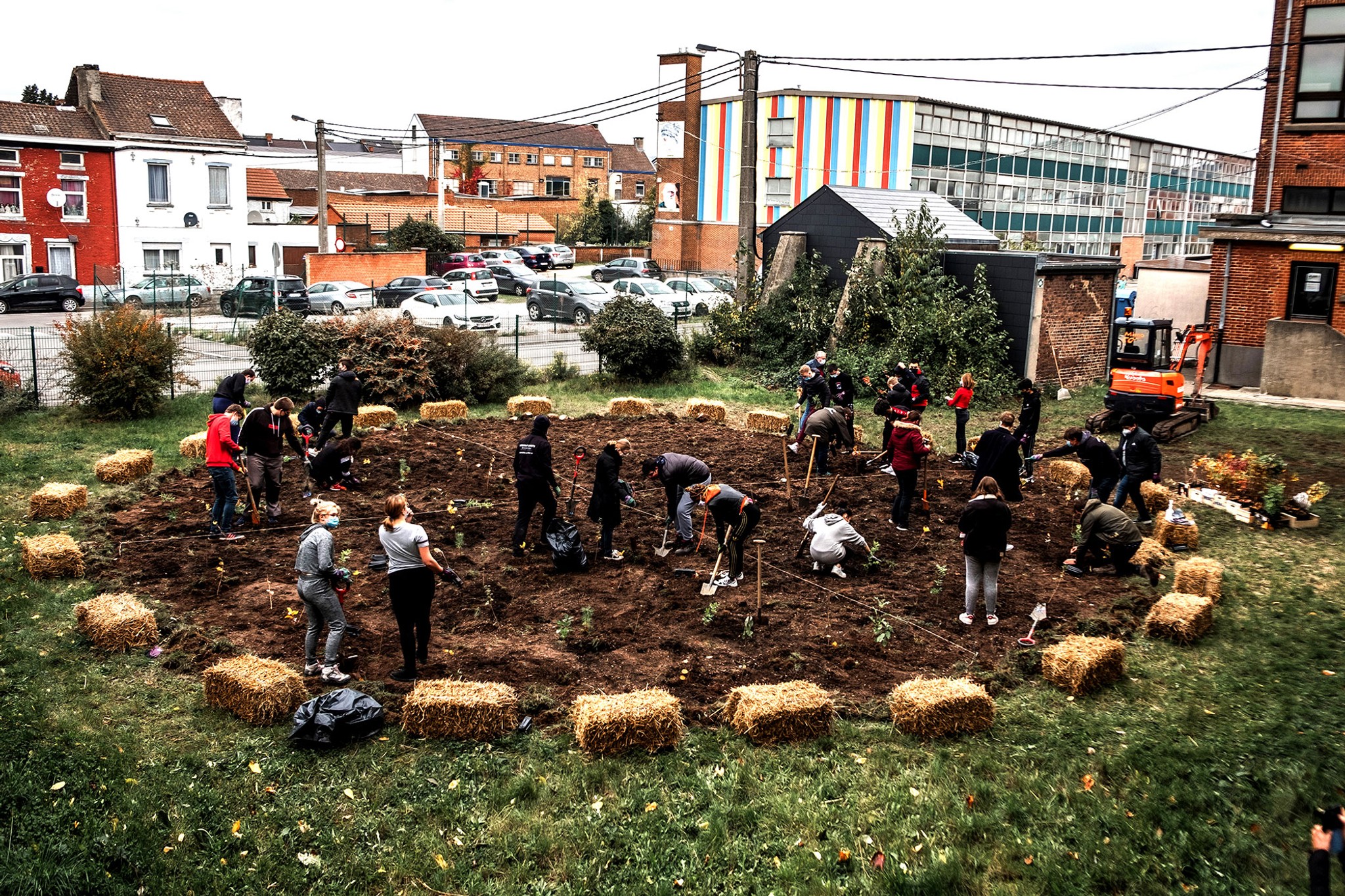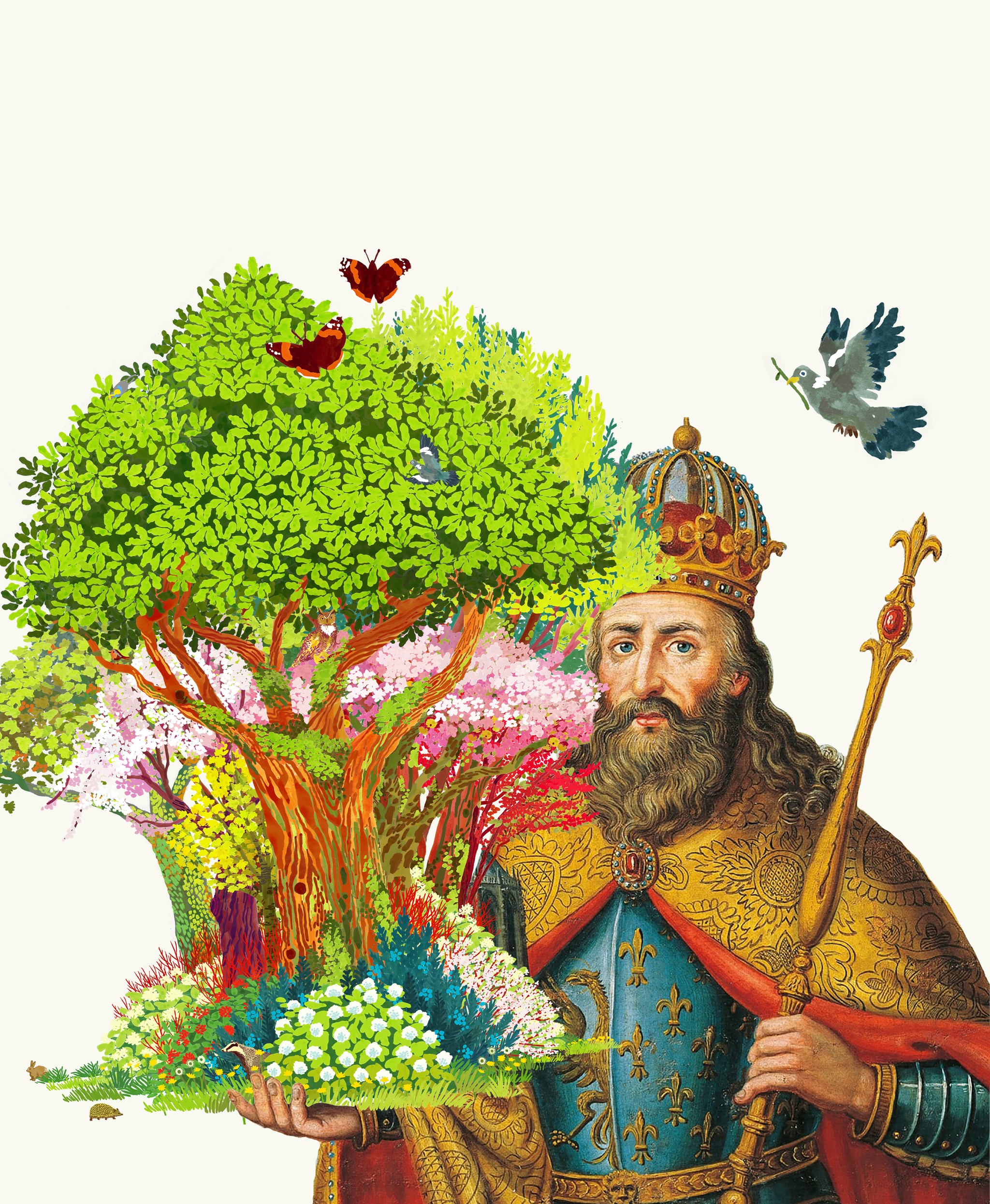Gilly School Forest
Bring Nature into the classroom.

0
Trees
0
Square Meters
0
Native Species
0
Youth Impacted
Self Sustaining Forest
The forest planted with the students of Gilly School in October 2020 stands as a powerful example of urban environmental restoration. What was once a barren lawn with poor soil has been transformed into a self-sustaining ecosystem. The students' hard work and dedication are clearly reflected in the vibrant green space that now flourishes, providing a sanctuary for wildlife, including invertebrates like slugs, ants, and snails.
The students have also enhanced the forest's accessibility and ensured that the surrounding area is well-maintained, making the forest a striking feature in the local landscape. To further its educational value, they have installed informative signs and provided a link to explore the forest's development, encouraging visitors to learn more about this living classroom.
Through this project, the students are gaining valuable lessons in ecology, forest creation, and environmental stewardship, while proudly witnessing the tangible results of their efforts within their own school. The forest is also visible to parents and city dwellers who frequent the nearby car park, offering them a glimpse of nature’s regeneration in an urban setting.
Forest Maker
Nicolas de Brabandère

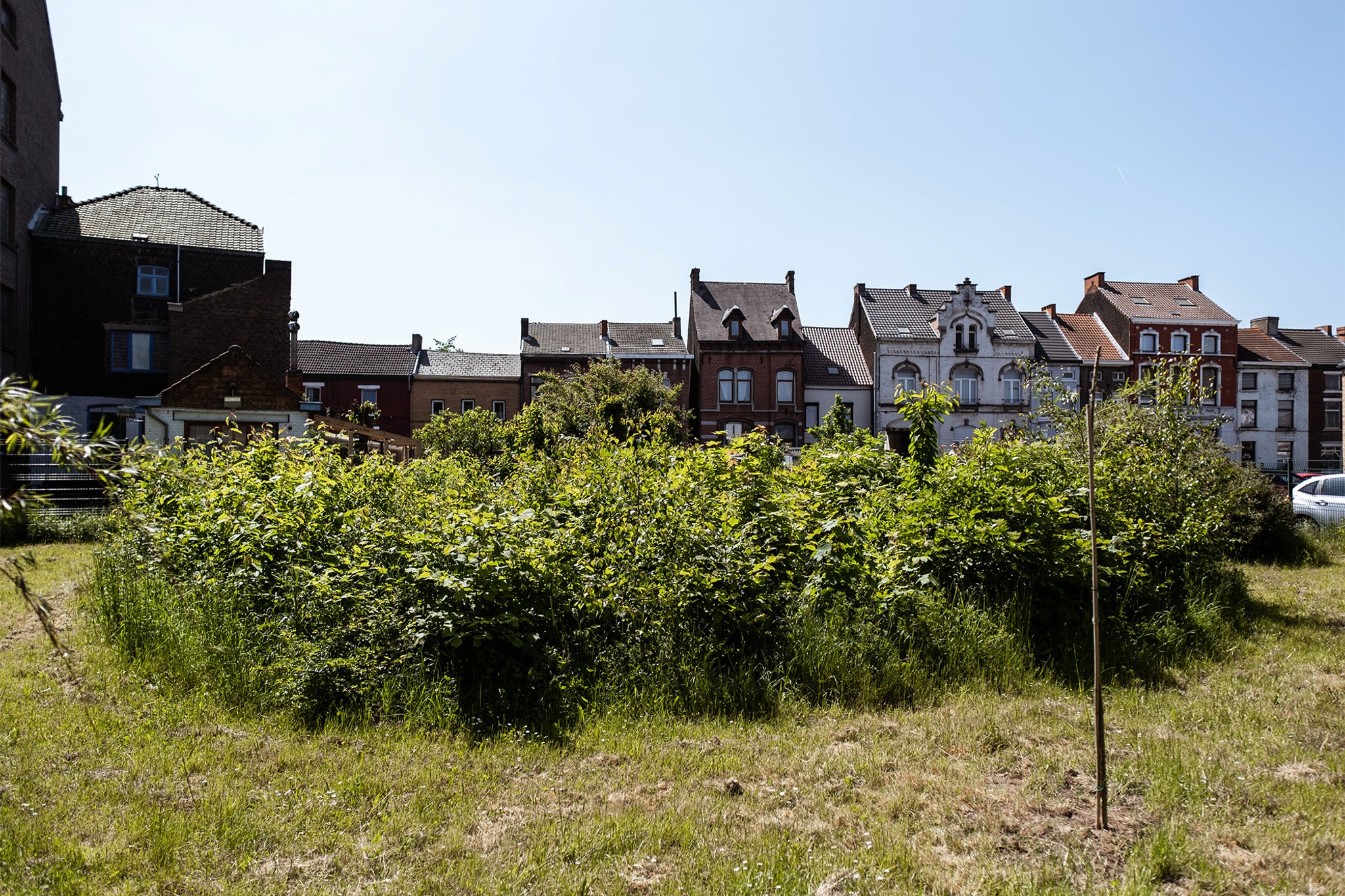
Ecosystem Restored
Final report: 26.11.2024
After approximately three years our SUGi Pocket Forests become self-sustaining. They no longer require human maintenance or watering, and can be handed over to Nature for biodiversity and complexity to naturally develop.
0%
Survival Rate
0
People living within 300 meters
0
kg of potential CO2 sequestration
Biodiversity
Biodiversity is all the different kinds of life you'll find in one area—the variety of animals, plants, fungi, and even microorganisms like bacteria that make up our natural world. Each of these species and organisms work together in ecosystems, like an intricate web, to maintain balance and support life.
0
Potential number of mammals
0
Potential number of birds
0
Potential number of amphibians
Urban Heat Profile
The Urban Heat Island Effect is affecting cities more and more each year and temperetures in urban areas can go up to 12 degrees hotter. This can be reduced and prevented by planting urban forests like this. We collected the air temperatures on a hot day in August at Gilly School Forest and saw amazing results.
0C°
Air Temperature Difference

“I have been teaching biology over the past 8 years at ‘Gilly School’. Our goal has been to reconnect the young generation with Nature. I teach them about the environmental crisis but more so, about the solutions that give hope to this earth. A mini forest is a unique opportunity for them to learn about species, biodiversity and regeneration.”
Martial Gego, Biology Teacher and Nature Guide at 'Gilly School'.
Forest Report: 2022
0 Years
Forest Age
0%
Survival Rate
0m
Tallest Tree
This pocket forest has become an integral part of the school community and is a real source of pride for students. This has translated into the care the forest has received and how it has fared during the harsh summer of 2022. As with other European forests that experienced these harsh conditions, survival rate is excellent even if growth rate is a little slow. The school organised regular waterings of the forest during the hottest days and various classes has been involved in this.
Gilly School Forest is increasingly being used to support the teaching of science and geography, particularly in addressing topics such as: biodiversity, climate change, sustainability and citizen initiative.
Biodiversity Notes:
“Planting trees and watching them grow together to form a thriving ecosystem is an inspiring message for the future. Getting into action with kids is my message of hope.”
Nicolas de Brabandère, Urban Forests
Forest Report: 2021
0 Months
Forest Age
0%
Survival Rate
0m
Tallest Tree
Somehow, a few trees were broken. However, shoots are popping up which show good resilience in adversity. The trees have more than doubled in size: from 40cm on average on the day of plantation to 100 -150 cm today.
Maintenance was done once. A little watering at one point helped at the beginning of summer. However, it was decided not to do maintenance in the forest for the rest of the year so that the green cover offers protection against desiccation in times of drought. It is great to see so many wildflowers and biodiversity resulting from the decision. Adventitious plants do not harm the trees in this case because they are low on the ground.
The soil was noticeably bad before our intervention - there was a lot of rubble, and it was very compacted. We noted almost no life in the soil. I’m glad that the soil is coming back to life. We managed to regenerate the soil and provide sound ecological conditions for the trees to thrive! The school community is happy about it. We expect much more growth next year, 2021-22.
Biodiversity Notes:
Planting: October 2020
The Benefits
- Provide an educational platform for the students
- Restore biodiversity
- Regenerate local ecosystems (soil)
- Preserve native species
- Inspire the neighbourhood
